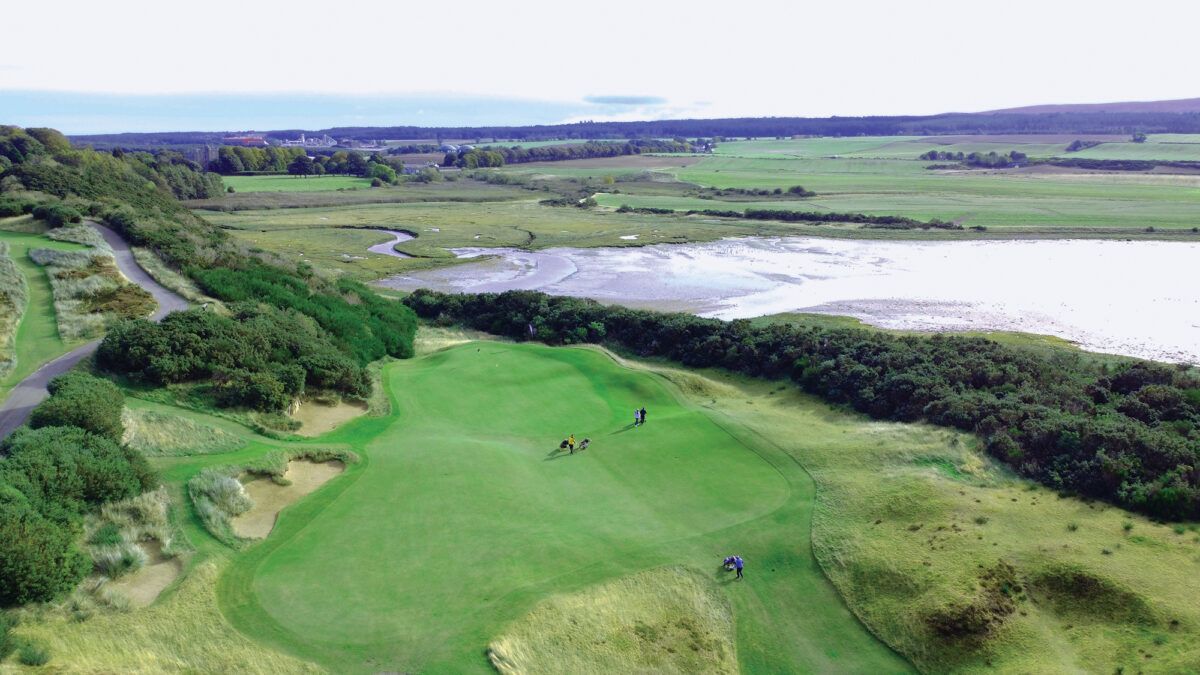This story was updated to include information about Mark Brooks at the new club.
Tiger Woods announced on social media Thursday that his course architecture firm, TGR Design, has signed on to build a course at a new residential community underway near Fort Worth, Texas: Bluejack Ranch.
If that sounds familiar, it’s because the developers behind the project – Andy and Kristin Mitchell – also built Bluejack National north of Houston in 2016. That is the site of Woods’ first course design in the U.S., Bluejack National.
The name Bluejack, by the way, references a bluejack oak, a tree native to Texas with one present at Bluejack National.
Bluejack Ranch in Aledo will be about a 30-minute drive southwest of Fort Worth. It is planned to be a residential club on 914 acres of working cattle ranch, according to the club’s website. Plans call for it to open in 2026.
Over a decade ago, I designed my first U.S. course at Bluejack National. I’m excited to announce that @tgrdesignbytw, @BluejackNation, and the Mitchell family are teaming up again to create @BluejackRanch, an exceptional new golf community in Aledo, Texas.… pic.twitter.com/k2nNCR82nB
— Tiger Woods (@TigerWoods) October 3, 2024
Course details were not included in the social post, but Golf.com reported that the plans include a full-size course built by Woods and his design partner, Beau Welling. There also will be a lighted 10-hole, par-3 course.
Fort Worth native Mark Brooks, winner of the 1996 PGA Championship among his seven PGA Tour titles, confirmed to Golfweek that he is a senior advisor to the project and will transition into running the club’s player development programs. The club will include a full golf and fitness performance center.
Woods is also working on a course named Trout National in New Jersey in partnership with baseball star Mike Trout, another at Marcella Club in Utah as well as his second 18-hole course at Diamante Cabo San Lucas, Mexico, called The Legacy. His first 18-holer in Cabo was El Cardonal at Diamante. He also did Payne’s Valley at Big Cedar Lodge in Missouri.
Woods’ layout at Bluejack National near Houston is ranked by Golfweek’s Best as the No. 4 private course in Texas and ties for No. 75 among all modern courses in the U.S.
Woods wrote a letter to perspective members of Bluejack Ranch that is included on the club’s website:
Dear Members & Friends of Bluejack,
It’s hard to believe it’s been over ten years since we embarked on my first U.S. course design at Bluejack National in Houston. The response to that golf experience has been truly gratifying, and when I hear how much Bluejack means to people, I feel incredibly proud of the TGR Design team.
Now, we’re bringing that same Bluejack spirit and passion to Fort Worth- a city celebrated not only as Cowtown but also as a golf town. With legends like Ben Hogan and Byron Nelson, the love for the game here is genuine. I’m grateful for the encore opportunity to reteam with Bluejack National and home-towners Andy and Kristin Mitchell to design a course around this incredibly special property and community.
Bluejack National’s success has paved the way for this next chapter at Bluejack Ranch. Our shared vision of creating a space where families can enjoy the game and have fun inspires us all once again at The Ranch.
It’s extremely motivating for me to contribute to the golfing legacy of Fort Worth, and I’m excited to see what we’ll build together. We’ll share more after our next design meeting in Aledo.
All the best,
Tiger Woods





